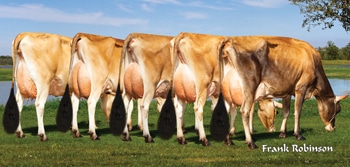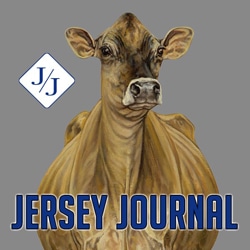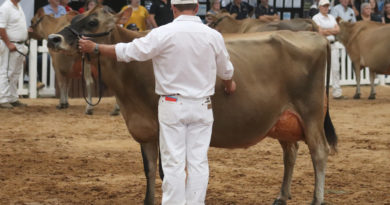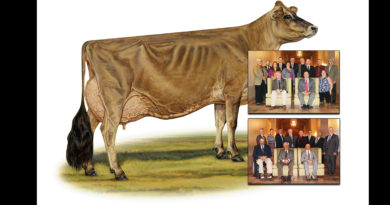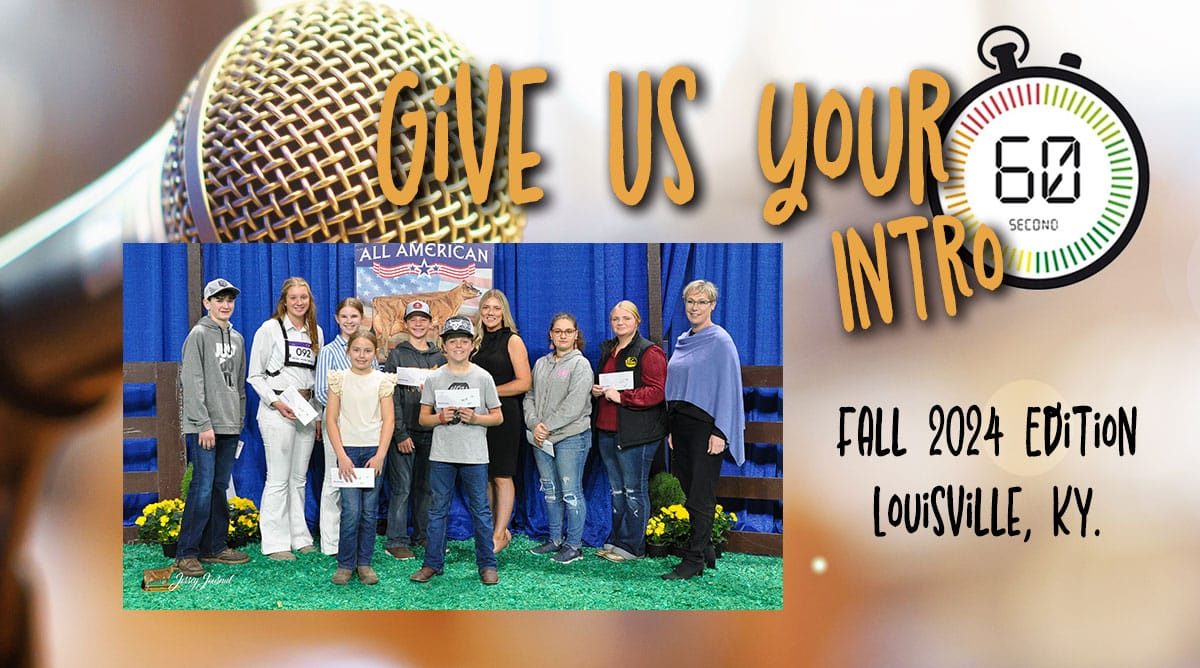Value of Photography from a Producer’s Viewpoint
Together with his wife, Theresa, Steve Rowley, Foxworth, Miss., farms 1,000 acres and milks 500 cows in a semi-seasonal grazing operation. They also operate a custom harvesting business in their area. The Rowley’s breeding goals are to create cows that produce quality milk in their hot and humid environment. Genetically, their cows need adequate strength and low somatic cell counts to work well in their operation.
In this questionnaire, Steve goes further into detail on the value he finds in professionally photographing dairy cattle. This article is a continuation from our recently published, “Capturing the Value with Photography.”
Why do you feel it important to have professional dairy cattle photographers picture your cattle?
I am involved in the daily operations of my dairy, so I am unable to travel and visit other dairies or see other cattle. Also, from a sheer location standpoint, other breeders do not come view my herd. I have purchased and bred some great cows and would like other breeders to see their phenotypic traits when it’s time to market their genetics. I take pride in my herd and I enjoy the pictures when the cow is no longer in the herd.
What made you decide to start picturing your cattle with a professional photographer? Was it initially because of show animals that performed well, potential bull mothers, or for other marketing purposes?
The main purpose initially was to picture bull mothers to meet the needs of stud companies. However, I’ve learned that it’s best to think ahead while the photographer is in the area.
In this day in age, many bulls are coming from heifers or young cows so it’s smart to go ahead and get your higher numbered animals pictured so you’re ready for the day they have marketable offspring. You can’t build a pedigree of pictures without working on it regularly.
What do you to do prepare your cattle for picturing to help get the best image possible?
We try and time the photographer’s visit so cows look their best. Because we calve heavily in September – December, most of our animals look their best in late winter or early spring. This allows us to put together a large group to picture all at once. We make a selective list and then work with the photographer for a couple days on haltering and clipping prior to photo day.
What added value do you see behind picturing your cattle?
I can’t help but think there are others like me who still like to see pedigrees with cows pictured, as well as the dams of potential herd sires. I feel it’s still a good way to increase marketability or confidence in what breeders are using in their herds. I also believe when you market females with solid genomic numbers, these photos can help add confidence.
Would you encourage other producers to picture their cattle? If so, why?
Yes, selfishly I want to see what is out there. There is a sense of pride in taking the extra steps to picture cattle. But most importantly, it shows potential buyers of both females and semen what the cows in the family look like.
What has been the favorite photograph of an animal you’ve received back? What was the marketing behind her for (shows, A.I., replacement heifers)?
Recently, Frank Robinson took a group photo for us of a few “Chrome” daughters. It contains five-second lactation “Chrome” daughters from a rear angle in a row. They are a mix of my own breeding program and cow families I’ve been fortunate enough to buy overtime. The picture is a great representation of my breeding program and exhibits the quality of “Chrome” and his daughters. We love him here!
